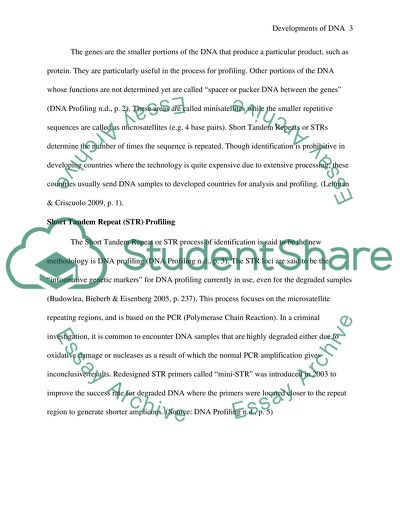Cite this document
(“Developments of DNA profiles Essay Example | Topics and Well Written Essays - 2250 words”, n.d.)
Developments of DNA profiles Essay Example | Topics and Well Written Essays - 2250 words. Retrieved from https://studentshare.org/miscellaneous/1584870-developments-of-dna-profiles
Developments of DNA profiles Essay Example | Topics and Well Written Essays - 2250 words. Retrieved from https://studentshare.org/miscellaneous/1584870-developments-of-dna-profiles
(Developments of DNA Profiles Essay Example | Topics and Well Written Essays - 2250 Words)
Developments of DNA Profiles Essay Example | Topics and Well Written Essays - 2250 Words. https://studentshare.org/miscellaneous/1584870-developments-of-dna-profiles.
Developments of DNA Profiles Essay Example | Topics and Well Written Essays - 2250 Words. https://studentshare.org/miscellaneous/1584870-developments-of-dna-profiles.
“Developments of DNA Profiles Essay Example | Topics and Well Written Essays - 2250 Words”, n.d. https://studentshare.org/miscellaneous/1584870-developments-of-dna-profiles.


